The Disney Vs. Charter Fight May Permanently Change the Way You Watch Tv
The Disney vs. Charter fight has the potential to permanently change the way you watch TV, impacting both content and access. This article will explore the details of the conflict, its potential ramifications, and what it means for viewers like you.
In the ever-evolving landscape of television, a major battle is brewing between two entertainment giants: Disney and Charter. This clash could revolutionize the way we consume and enjoy our favorite shows and movies. The conflict centers around content licensing agreements and distribution rights.
As these negotiations unfold, the future of streaming services and cable providers hangs in the balance. Will Disney continue to dominate the streaming world with its powerhouse content, or will Charter gain a larger piece of the pie? This article delves into the implications of this fight and how it could forever shape the way we access and experience television.
What You Need To Know About The Disney Vs. Charter Dispute
The ongoing dispute between Disney and Charter could have a lasting impact on how we consume television. The outcome may revolutionize our viewing habits, changing the way we interact with our favorite shows and channels. Stay tuned for updates on this developing story.
Overview Of The Disney Vs. Charter Conflict
- Disney Vs. Charter: What’s the fight all about?
- Disney and Charter are embroiled in a dispute over the distribution of Disney-owned channels, including ESPN and ABC, on Charter’s cable and internet services.
- The conflict revolves around the renewal of a carriage agreement, which outlines the terms and conditions for Charter to carry Disney-owned channels.
- If an agreement is not reached, Charter could potentially lose the rights to broadcast popular Disney programming, leaving customers without access to beloved shows and live sporting events.
Key Players And Their Positions
- Disney’s stance on the issue:
- Disney is pushing for higher fees from Charter, arguing that its content is highly valuable and deserves a fair compensation.
- They believe that Charter should pay a higher price to carry their channels, given their wide appeal and popularity among viewers.
- Disney is also determined to protect its streaming services, such as Hulu and Disney+, which may become even more crucial in the future.
- Charter’s position in the conflict:
- Charter, on the other hand, is advocating for lower carriage fees, asserting that the costs should align with viewership and the overall market value of Disney’s channels.
- They emphasize the need to keep cable bills affordable for their customers, making them resistant to paying inflated fees for Disney’s content.
- Charter is concerned that agreeing to Disney’s demands would set a precedent for other content providers to seek similar increases in carriage fees.
Potential Consequences For Consumers
- Increased subscription costs: If Charter agrees to Disney’s demands, they may pass on the increased fees to their subscribers, potentially leading to higher cable bills for consumers.
- Loss of access to popular content: In the worst-case scenario, if the negotiations fall through and a blackout occurs, customers relying on Charter’s services might lose access to Disney-owned channels, including ESPN, ABC, and other beloved shows and sporting events.
- Shift towards streaming services: A protracted conflict may drive more consumers towards streaming services like Hulu and Disney+, as these platforms would continue to host Disney’s content. This can result in a shift away from traditional cable subscriptions.
- Precedent for future disputes: The outcome of this conflict could set a precedent for future negotiations between content providers and cable companies, impacting the distribution and accessibility of popular programming.
Now that you’re familiar with the overview of the Disney Vs. Charter conflict, the next sections will provide more detailed insights on the positions of the key players involved and the potential consequences that consumers might face. Let’s dive deeper into this dispute and explore the intricacies of this ongoing battle that might significantly change the way you watch TV.

Credit: www.hollywoodreporter.com
Understanding The Evolution Of Tv Content Distribution
The Disney Vs. Charter battle for TV content distribution has the potential to revolutionize how we consume television. This fight could shape the way we watch TV, with lasting implications for the future.
There has been a major shift in the way we consume TV content, thanks to the ongoing battle between Disney and Charter. This fight has the potential to permanently change the way we watch TV. In this blog post, we will explore the traditional cable TV model, the rise of streaming services, and how streaming has transformed the way we enjoy our favorite shows and movies.
The Traditional Cable Tv Model:
- Cable TV has long been the dominant method of distributing television content.
- Customers pay for a bundle of channels offered by the cable provider.
- Cable packages often include hundreds of channels, many of which may not be of interest to the viewer.
- Channels are scheduled with fixed programming times, and viewers have to be available to watch their favorite shows.
Rise Of Streaming Services:
- Streaming services like Netflix, Hulu, and Amazon Prime Video have disrupted the traditional cable TV model.
- These services allow viewers to access a wide variety of content on-demand, anytime and anywhere.
- Viewers can choose from a vast library of movies and TV shows, including original programming produced by the streaming services.
- Streaming services offer personalized recommendations based on individual viewing preferences, providing a more tailored experience for viewers.
How Streaming Has Changed The Way We Consume Tv:
- Convenience and flexibility: With streaming services, viewers have the freedom to watch their favorite shows and movies whenever it suits them. They don’t have to adhere to fixed programming schedules.
- Cost-effectiveness: Streaming services often offer more affordable options compared to traditional cable TV packages. Viewers can choose from different subscription plans based on their preferences and budget.
- Access to original content: Streaming services have invested heavily in producing original shows and movies, offering viewers a wider range of high-quality content.
- No ads or limited commercials: Unlike cable TV, many streaming services offer ad-free or ad-light experiences, allowing viewers to enjoy uninterrupted viewing.
- Multi-device compatibility: Streaming services can be accessed on various devices, including smartphones, tablets, smart TVs, and gaming consoles. This enables viewers to watch their favorite shows on the go or from the comfort of their own home.
The ongoing Disney vs. Charter fight is a reflection of the changing landscape of TV content distribution. Streaming services have emerged as powerful competitors to traditional cable TV, offering convenience, cost-effectiveness, and a more personalized viewing experience. As we continue to embrace streaming, it’s clear that the way we consume TV will never be the same again.
The Role Of Disney In The Tv Landscape
The Disney vs. Charter fight is set to shake up the TV landscape, potentially revolutionizing the way we watch TV. This battle could have a lasting impact and change the way viewers consume their favorite shows and movies.
Disney’S Dominance In The Tv Landscape
In today’s rapidly changing TV landscape, Disney remains a powerhouse, continuing to dominate the entertainment industry. Through its impressive portfolio of franchises and properties, Disney exerts significant influence on what we watch and how we consume content. Let’s explore some key aspects of Disney’s role in the TV world.
Disney’S Strategy In The Charter Dispute:
- Distribution disagreement: Disney recently engaged in a dispute with Charter Communications, one of the largest US cable providers.
- Carriage fees: The main bone of contention revolved around the carriage fees that Charter pays Disney to carry its channels.
- Negotiation tactics: Disney employed a hardball approach, threatening to pull its channels, including ESPN, from Charter’s lineup. This move had the potential to disrupt millions of households’ access to popular Disney-owned programs.
- Resolution: Ultimately, Disney and Charter reached an agreement, ensuring Disney’s channels would remain available to Charter subscribers.
The Launch Of Disney+ Streaming Service:
- Direct-to-consumer initiative: Disney recognized the shifting viewer preferences and saw an opportunity to expand its reach by launching Disney+.
- Vast content library: Disney+ offers an extensive catalog of Disney classics, Pixar films, Marvel Universe, Star Wars, and more.
- Original programming: Apart from beloved franchises, Disney+ also includes exclusive original shows, such as The Mandalorian, which garnered significant attention and acclaim.
- Competitive pricing: With a competitive subscription fee, Disney+ aims to establish itself as a formidable player in the streaming market.
Disney, with its strategic maneuvers and continuous innovation, crafted a roadmap that allows it to adapt to the evolving TV landscape. The launch of Disney+ and the resolution of the Charter dispute exemplify Disney’s determination to stay at the forefront of the industry.
The way we watch TV has already begun to shift, and Disney’s influence plays a crucial role in shaping this transformation. As viewers, we can expect more groundbreaking developments from Disney as it navigates the dynamic media landscape.
The Role Of Charter In The Tv Landscape
The ongoing battle between Disney and Charter could have a lasting impact on television viewing, potentially changing the way we watch TV forever. This clash is redefining the role of Charter in the TV landscape and highlighting the power dynamics within the industry.
With the rise of streaming services and the increasing number of cord-cutters, the battle for viewership has intensified in recent years. Amidst this changing landscape, Charter Communications, one of the largest cable providers in the United States, has played a significant role.
Let’s delve into three key aspects of Charter’s position in the TV industry: its role as a cable provider, its negotiations with content providers, and its response to the recent Disney dispute.
Charter’S Position As A Cable Provider:
- Charter Communications, operating under the Spectrum brand, is a major player in the cable television market.
- It has a vast customer base, serving millions of households across the country.
- As a cable provider, Charter offers a wide range of channels and packages, catering to the diverse preferences of its subscribers.
- Charter’s extensive network infrastructure allows it to deliver reliable TV services to its customers.
Charter’S Negotiations With Content Providers:
- Content providers hold the key to captivating programming, and Charter must negotiate agreements with them to secure the rights to air their content.
- These negotiations involve discussions on pricing, licensing, and distribution rights.
- Charter aims to strike a balance between offering compelling content to its subscribers while ensuring the agreements are economically viable.
- Such negotiations can sometimes be complex and may involve contentious issues.
Charter’S Response To The Disney Dispute:
- In recent months, Charter has found itself entangled in a dispute with Disney over programming fees.
- Disney demanded higher fees for its channels, including ESPN, which posed a challenge for Charter.
- Charter took a firm stance, pushing back against Disney’s demands, as it sought to protect its customers from potential price increases.
- This dispute drew attention to the changing dynamics between cable providers and content creators, highlighting the challenges faced by both sides.
Charter Communications holds a significant position in the current TV landscape, serving as a cable provider to millions of households. Its negotiations with content providers and response to the Disney dispute exemplify the complex dynamics shaping the industry. As the battle for viewership continues to evolve, Charter will play a crucial role in meeting the ever-changing demands of its subscribers.
The Key Issues In The Disney Vs. Charter Fight
The ongoing battle between Disney and Charter could revolutionize our TV viewing experience by permanently altering the way we consume content. This clash of titans has the potential to reshape the industry, forcing us to reconsider our existing television habits.
Pricing And Carriage Fees:
- The Disney Vs. Charter fight is centered around the issue of pricing and carriage fees in the cable TV industry.
- Disney is seeking higher fees for the distribution of its channels on Charter’s platform, which could result in increased costs for consumers.
- Charter, on the other hand, argues that Disney’s demands are excessive and would lead to higher cable bills for its subscribers.
Access To Disney-Owned Channels And Content:
- Another key issue in the Disney Vs. Charter fight is access to Disney-owned channels and content.
- Disney is pushing for wider distribution of its channels, including ESPN and Disney Channel, on Charter’s platform.
- Charter, however, wants the flexibility to offer these channels in smaller packages or as standalone options, which could limit access for subscribers.
Potential Impact On Channel Lineups:
- The Disney Vs. Charter fight also has the potential to impact channel lineups for cable TV subscribers.
- If Disney were to succeed in its demands, it could result in Charter dropping some of its channels or rearranging its packages.
- This could mean that subscribers might lose access to certain Disney-owned channels or have to pay additional fees to continue watching them.
The Disney Vs. Charter fight revolves around the key issues of pricing and carriage fees, access to Disney-owned channels and content, and the potential impact on channel lineups. As the battle escalates, it remains to be seen how these issues will be resolved and what the implications will be for consumers.
Potential Consequences For Tv Viewers
The Disney vs. Charter dispute has the potential to reshape how we consume television. Viewers may face lasting consequences as the battle between these media giants unfolds, ultimately altering the way we watch our favorite shows.
As the battle between Disney and Charter Communications intensifies, there are potential consequences that can significantly impact TV viewers. From loss of access to Disney-owned channels and content to increased costs for cable and streaming services, the way we watch TV may undergo a permanent transformation.
Let’s delve into the potential consequences that could reshape the future of television:
Loss Of Access To Disney-Owned Channels And Content:
- Disney-owned channels like ABC, ESPN, and Disney Channel could be pulled from Charter Communications’ lineup, depriving viewers of popular shows, sports events, and beloved Disney content.
- Viewers who rely solely on Charter cable services for their TV entertainment may face the possibility of losing access to Disney-owned channels altogether.
- Streaming services like Hulu, controlled by Disney, could also be impacted, affecting the availability of Disney content for subscribers.
Increased Costs For Cable And Streaming Services:
- The ongoing dispute between Disney and Charter Communications may result in increased costs for cable and streaming services, as both sides engage in negotiations and licensing agreements.
- Cable subscribers may see their monthly bills rise as providers attempt to offset the costs of securing access to Disney-owned channels.
- Streaming service prices could also be impacted, with providers potentially passing on increased licensing fees to their subscribers.
The Future Of Bundled Tv Packages:
- The Disney vs. Charter fight could lead to a reevaluation of bundled TV packages, as cable providers may need to adjust their offerings to accommodate the loss of Disney-owned channels.
- Cable companies might create new bundles or revise existing ones to entice viewers with alternative content options.
- This situation may prompt viewers to reconsider their cable packages and explore other streaming services that provide a wider range of content at more affordable prices.
The Disney vs. Charter fight holds significant implications for TV viewers. The potential loss of access to Disney-owned channels and content, alongside potential increases in cable and streaming service costs, could lead to a major shift in how we consume television.
It remains to be seen how this dispute will be resolved, but its impact on the future of bundled TV packages and viewer preferences cannot be underestimated. Stay tuned for updates as this battle unfolds, and prepare for potential changes in the way you watch TV.
Alternatives For Tv Viewers
The Disney vs. Charter dispute may forever transform television viewing options. The outcome of their conflict could alter the way you consume TV content, leading to new alternatives for viewers.
Exploring Other Streaming Services
If you’re tired of the ongoing battle between Disney and Charter, there are plenty of alternatives for TV viewers to consider. With the rise of streaming services, you have more options than ever before to enjoy your favorite shows and movies.
Here are some options to explore:
- Netflix: One of the most popular streaming services, Netflix offers a vast library of content, including original series and films. With different subscription plans to choose from, you can enjoy unlimited streaming on multiple devices.
- Amazon Prime Video: If you’re already an Amazon Prime member, you have access to a wide range of movies and TV shows at no extra cost. From popular series like “The Marvelous Mrs. Maisel” to exclusive films, there’s something for everyone.
- Hulu: Known for its extensive collection of current TV shows, Hulu allows viewers to catch up on episodes shortly after they air. It also offers original content and a selection of classic movies.
- HBO Max: If you’re a fan of HBO’s critically acclaimed shows like “Game of Thrones” or “Succession,” HBO Max is a must-have. In addition to HBO content, you’ll find a vast library of films, documentaries, and original series.
- Disney+: Although the Disney vs. Charter dispute may have affected your access to Disney content on traditional cable, you can still enjoy all things Disney on their dedicated streaming service. From classic Disney movies to Marvel and Star Wars content, Disney+ has it all.
Considering A La Carte Channel Options
If you prefer a more customized TV experience and don’t want to commit to a full streaming service, you can also explore a la carte channel options. These services allow you to pick and choose the channels you want to watch, rather than paying for a bundle.
Here are a few examples:
- Sling TV: With Sling TV, you can choose from different channel packages based on your preferred genre or interest. They offer a flexible approach to TV viewing, allowing you to add or remove channels as you please.
- YouTube TV: YouTube TV provides access to live TV channels, including sports and news, as well as unlimited cloud DVR storage. It’s a great option if you’re looking for a traditional cable replacement.
- Philo: If you’re primarily interested in entertainment and lifestyle channels, Philo might be right up your alley. It offers a variety of popular networks at an affordable price.
The Future Of Cable Tv Subscriptions
With the ongoing battle between Disney and Charter and the growing popularity of streaming services, the future of cable TV subscriptions is uncertain. Here are a few possibilities that could shape the industry:
- Cord-cutting continues: More and more people are ditching traditional cable subscriptions in favor of streaming services. This trend is expected to continue as streaming options become more diverse and accessible.
- Hybrid options: Some cable TV providers might adapt by offering their own streaming services or partnering with existing ones. This way, they can cater to both traditional cable subscribers and those who prefer the convenience of streaming.
- Enhanced customization: As viewer preferences shift, cable TV providers may start offering more a la carte options, allowing customers to select the specific channels they want instead of paying for bundles.
The Disney vs. Charter fight has sparked interest in exploring alternative streaming services and a la carte channel options. The future of cable TV subscriptions is uncertain, but as technology evolves, more choices will become available to cater to the changing preferences of TV viewers.
The Long-Term Effects On Tv Industry
The ongoing Disney Vs. Charter conflict has the potential to permanently reshape how we consume television content. With the rise of streaming services and cable providers grappling for dominance, viewers may experience a significant shift in their TV watching habits.
The ongoing battle between Disney and Charter has far-reaching implications for the TV industry, with potential long-term effects that could change the way we watch television. This clash between content providers and cable companies could reshape power dynamics, alter cable TV contracts and negotiations, and revolutionize content distribution and licensing.
Shifting Power Dynamics Between Content Providers And Cable Companies:
- Increased bargaining power for content providers: Content providers like Disney may gain more leverage in negotiations with cable companies, demanding higher fees for their channels and content.
- Weakened influence of cable companies: Cable companies could see their power diminished as streaming services and content providers become more prominent.
- Emergence of streaming giants: Streaming giants like Netflix, Amazon Prime, and Disney+ may dominate the market, leading to a decrease in traditional cable subscriptions.
Potential Changes To Cable Tv Contracts And Negotiations:
- Surge in content licensing fees: Cable companies may be forced to pay higher licensing fees to secure popular content, resulting in increased costs for the consumers.
- Restructuring of bundled packages: Cable TV providers might reevaluate their bundled packages and offer more flexible options to compete with streaming services.
- Shift towards à la carte pricing: Consumers may have the opportunity to select individual channels or services rather than subscribing to a package, allowing for more personalized viewing experiences.
The Future Of Content Distribution And Licensing:
- Rise of direct-to-consumer streaming platforms: As content providers like Disney prioritize their own streaming platforms, they may bypass traditional cable distribution entirely.
- Expansion of streaming partnerships: Cable companies might form alliances with streaming services to maintain viewership and improve their content offerings.
- Acceleration of cord-cutting trend: The battle between Disney and Charter, along with the growing popularity of streaming services, could fuel the trend of cord-cutting, where consumers opt to cancel their traditional cable subscriptions in favor of streaming options.
The Disney vs. Charter fight carries significant implications for the TV industry. The resulting power shifts, changes in contracts and negotiations, and the evolution of content distribution and licensing have the potential to reshape the way we consume television. As streaming services continue to gain prominence and consumer preferences evolve, the way we watch TV may never be the same again.
Frequently Asked Questions On The Disney Vs. Charter Fight May Permanently Change The Way You Watch Tv
Is The Spectrum Disney Dispute Over?
No, the spectrum Disney dispute is not yet over.
Why Is The Disney Vs. Charter Fight A Big Deal?
The Disney vs. Charter fight is a big deal because it could permanently change the way you watch TV. The outcome of this battle could have far-reaching implications for the future of streaming services, cable TV, and the entertainment industry as a whole.
What Are The Potential Changes In The Way We Watch Tv?
If Disney wins the fight against Charter, we might see a shift towards exclusive streaming services, cord-cutting becoming more prevalent, and traditional cable TV providers losing their dominance. This could lead to more personalized and on-demand viewing experiences, as well as a greater emphasis on high-quality original content.
Will This Affect The Availability Of Disney Content On Other Platforms?
Yes, it could. If Disney gains more control over their content distribution through a victory against Charter, they may pull their content from other platforms. This could mean that popular Disney shows and movies might only be available through Disney-owned streaming services, impacting viewers who are used to accessing Disney content through other channels.
Conclusion
The Disney vs. Charter fight has undoubtedly brought about significant changes in the way we consume television. This battle has shed light on the growing tension between traditional cable providers and streaming services, and its implications are far-reaching. As the battle for control over content distribution intensifies, consumers are finding themselves at the forefront of this changing landscape.
The emergence of streaming platforms like Disney+ has given viewers more options and flexibility in choosing their preferred method of watching TV. Additionally, the shift towards on-demand content has allowed viewers to take control of their viewing experience, transcending the limitations of traditional cable packages.
While this fight between Disney and Charter may have been the catalyst, it represents a larger trend towards a more personalized, customizable, and user-centric television industry. As technology continues to advance, it is clear that the way we watch TV will continue to evolve, empowering viewers in the process.
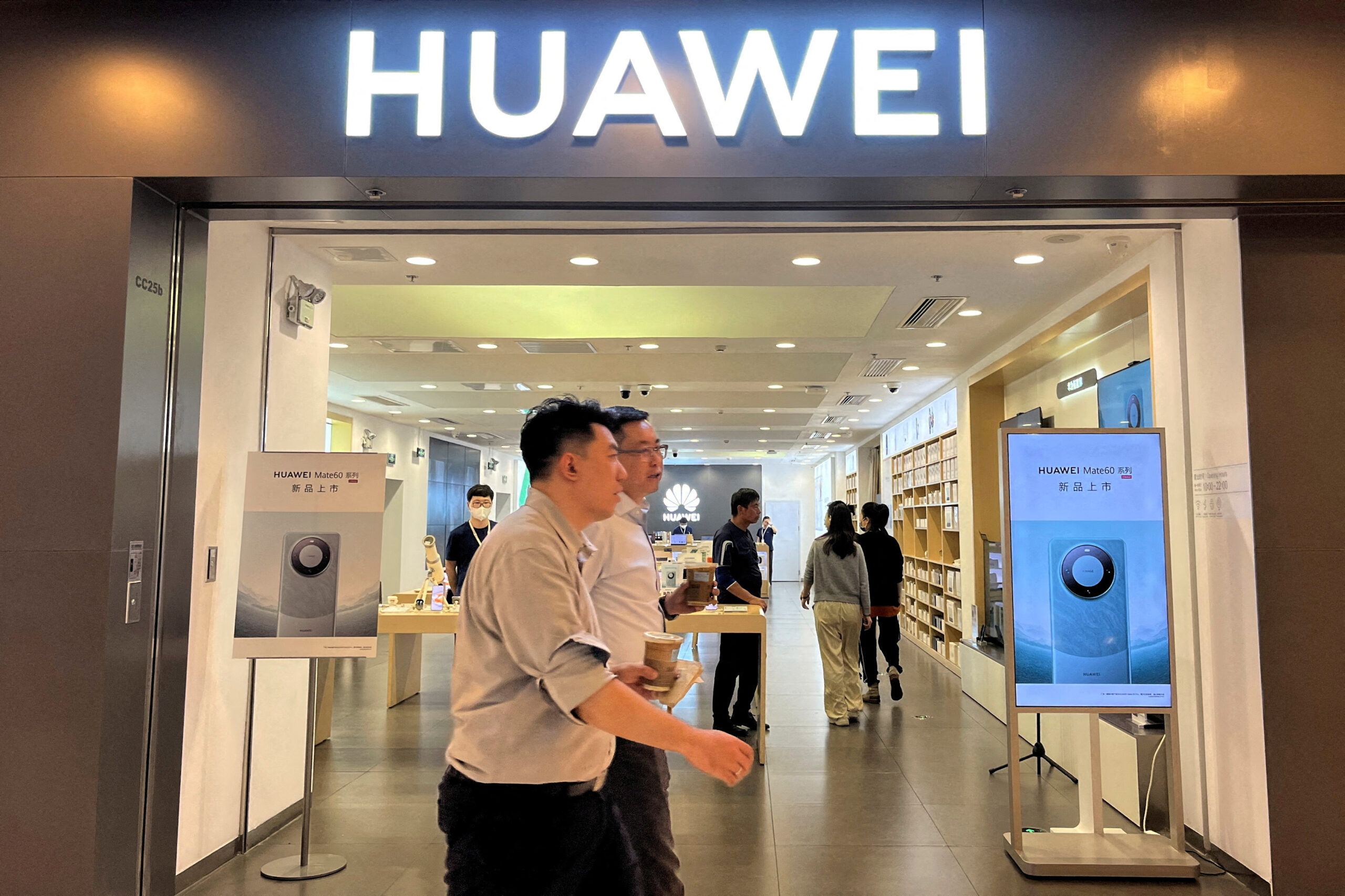

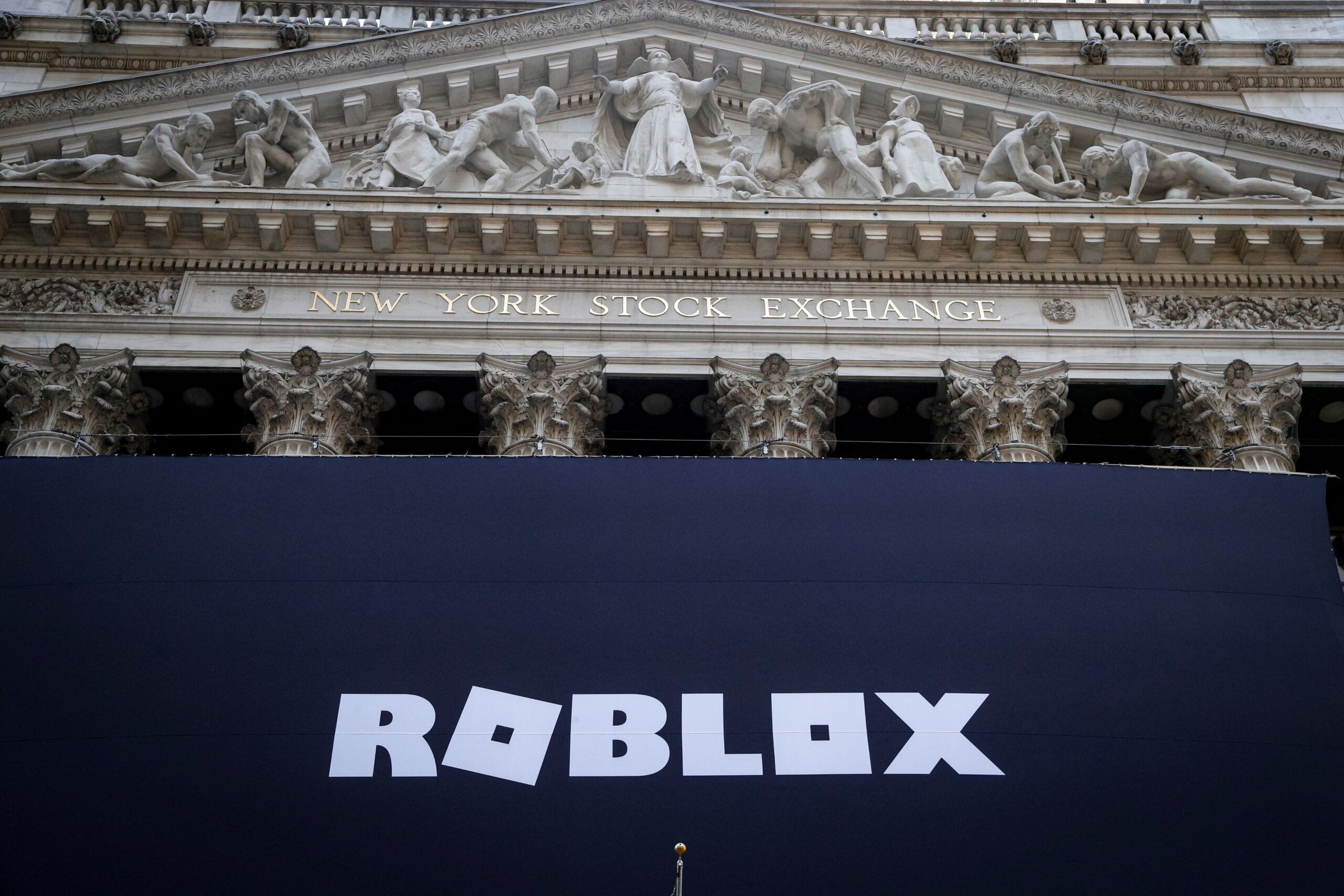
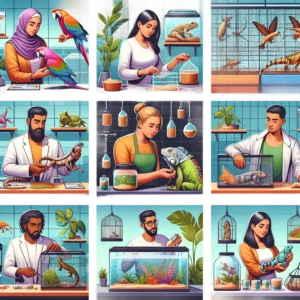





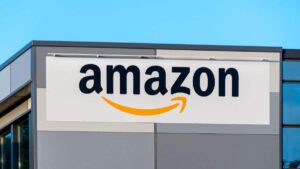
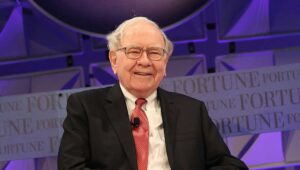


Post Comment